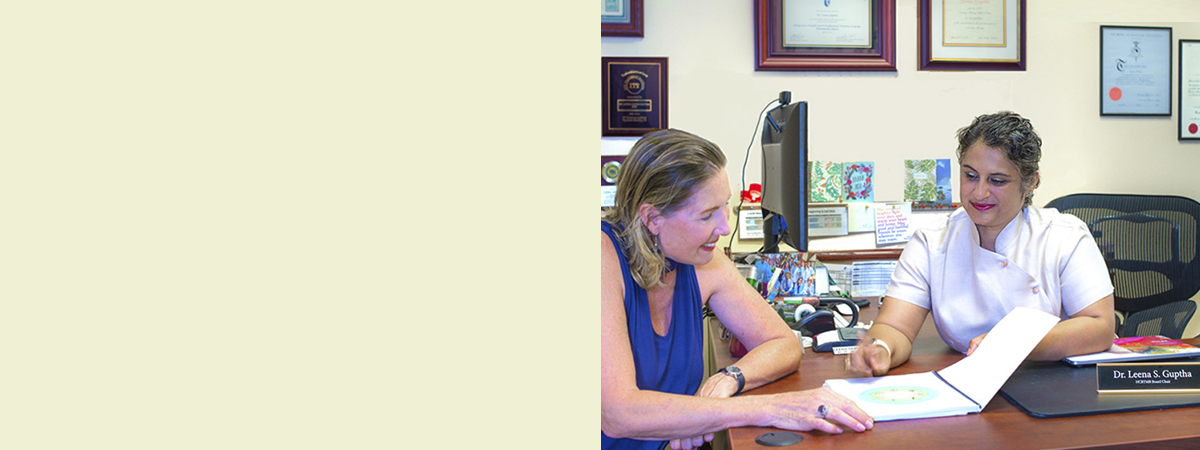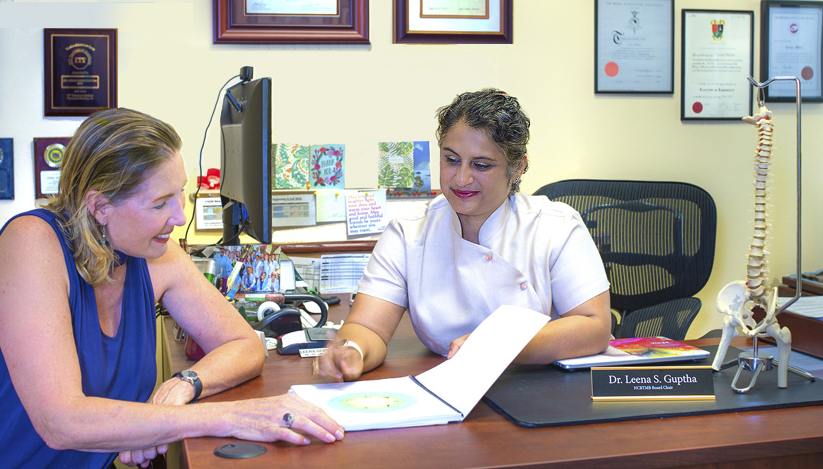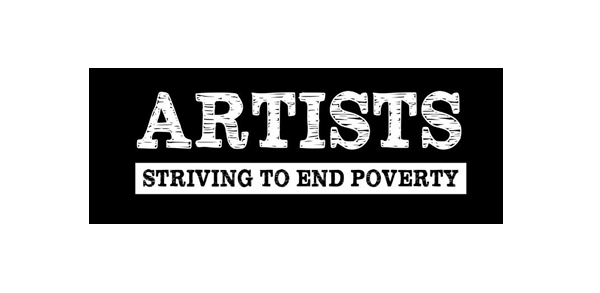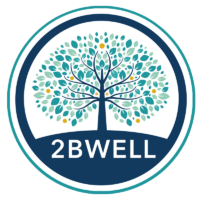
Personal peak performance
solutions for health,
work and life
BOOK APPOINTMENT

Mind, Body, Spirit Balance
LEARN MORE
Coaching unlocks your potential
to maximize peak performance
LEARN MORE

Hypnosis and the power of
positive thinking
LEARN MORE

Classes & Workshops
LEARN MORE





















About 2B Well
2B Well provides a range of customized services to inspire and support you to find mind, body spirit solutions for personal peak performance and professional development. Your health and well-being is utmost on our mind as we partner with you to achieve greater quality of life, health and happiness.
Meet Leena Susan Guptha

Leena’s coaching experience began through the personal journey of coaching her mother Rita 2B Well. Her mother was expected to survive till age 40. Through seeking natural solutions in combination with the best of medicines she passed at age 70. This journey inspired Leena to integrate coaching in various environments; physical medicine and rehab coaching athletes in her 20’s, business management of $10-20 million budgets for profit and non-profit arenas in her 30’s, graduating Valedictorian of her MBA class in her 40’s, translating her business skills and experience to coaching executives and CEO’s, completing her PhD in her 50’s and today is simply passionate to use an evidence informed approach coaching individuals, groups, executive teams and birthing mamas to live their greatest power. Ultimately, Leena gains the greatest joy and fulfillment seeing her clients thrive and believes age is no barrier to bringing the personal peak performance dreams to reality.

Meet Leena Susan Guptha
Leena’s experience in health coaching began through the very personal journey of coaching her mother 2B Well from her early childhood, taking into account allopathic family/medical advice, literature and her mothers’ personal choices – which she called an evidence inspired life and later practice. In adulthood the journey manifested as lifestyle counseling and peak performance utilizing her osteopathic medicine background and biomechanics in the 90’s to empowerment coaching in the 2000’s. In the business world Leena directly managed budgets over $10 million, both in for profit and non-profit arenas and later she graduated as Valedictorian of her MBA class, translating her business skills and experience to working with executives and CEO’s for financial health and longevity. Today she is simply passionate to facilitate individuals, groups, businesses and birthing mamas thrive to their greatest power through health, peak performance, executive and hypno-birth coaching.
SELECTED PROFESSIONAL QUALIFICATIONS










“Dr. Leena Guptha is a caring, focused, competent health care professional. Her leadership and motivational skills lead to local and national recognition as a speaker, trainer, practitioner and advocate for her profession. Her healing and medical knowledge have both been valuable to me a well as many other people in her care. I would enthusiastically recommend Dr. Leena to any individual seeking a caring and gifted health professional.
Stuart Schooley, CEO Dutch Springs
“Dr. Leena Guptha is a caring, focused, competent health care professional. Her leadership and motivational skills lead to local and national recognition as a speaker, trainer, practitioner and advocate for her profession. Her healing and medical knowledge have both been valuable to me a well as many other people in her care. I would enthusiastically recommend Dr. Leena to any individual seeking a caring and gifted health professional.
Stuart Schooley, CEO Dutch Springs
Services
Optimized for You 2B Well

Take our Free Wheel of Life Assessment
Could Coaching help you maximize your potential?
Assess 8 areas to see if coaching can be helpful to reach your life goals?
Choose your number for each category from 1-10.
Answer YES or NO to the Following Questions:
- Do you have difficult sticking/maintaining to health-related goals?
- Is it a challenge to keep a keep a calm and positive mindset?
- Do you tend to have low energy or motivation to optimize self?
- Are you struggling with your work-life balance?
- Is it difficult for you to prioritize your health or life goals?
- Do you struggle with building in time to care for self?
- Do you want to make healthy changes to your lifestyle but are unsure where to start?
- Do you currently feel healthy want to maximize your potential and reach optimal personal peak performance?
- Are you interested in learning how to use the power of your mind to bring your health and human performance goals into reality?
If you answered yes to more than 4 questions, health coaching might be a great option for you.

TAKE OUR FREE WHEEL OF LIFE ASSESSMENT
Could Coaching help you maximize your potential?
Assess 8 areas to see if coaching can be helpful to reach your life goals?
Choose your number for each category from 1-10.
Answer YES or NO to the Following Questions:
- Do you have difficult sticking/maintaining to health-related goals?
- Is it a challenge to keep a keep a calm and positive mindset?
- Do you tend to have low energy or motivation to optimize self?
- Are you struggling with your work-life balance?
- Is it difficult for you to prioritize your health or life goals?
- Do you struggle with building in time to care for self?
- Do you want to make healthy changes to your lifestyle but are unsure where to start?
- Do you currently feel healthy want to maximize your potential and reach optimal personal peak performance?
- Are you interested in learning how to use the power of your mind to bring your health and human performance goals into reality?
If you answered yes to more than 4 questions, health coaching might be a great option for you.
Coaching Services
Tailored to Your Unique Needs
Executive Coaching
Health Coaching
Birth Coaching
All you need is the plan, the road map, and the courage to press on to your destination
Earl Nightingale
Media
Dr. Leena in the Press
Office Information
- PUSH San Diego 4002 Park Blvd Suite E San Diego Ca 92103










